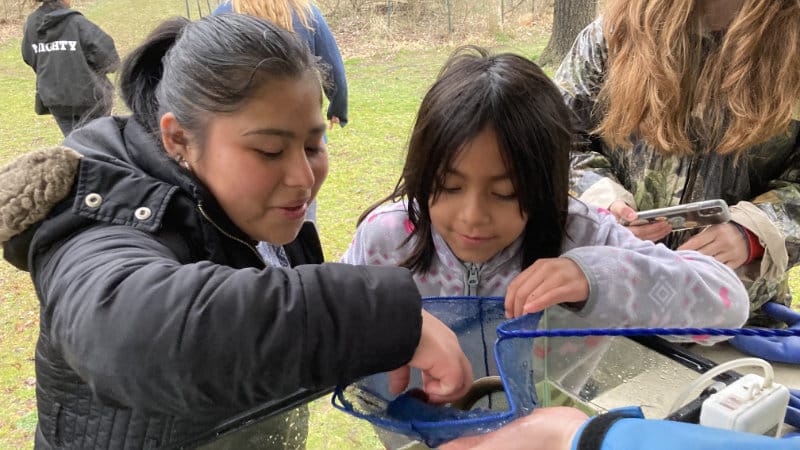Employment Opportunity: Bilingual Part-Time Environmental Educators
https://stroudcenter.org/wp-content/uploads/two-girls-fish-world-water-day.jpg 800 450 Stroud Water Research Center Stroud Water Research Center https://stroudcenter.org/wp-content/uploads/two-girls-fish-world-water-day.jpgThe Education Department at Stroud Water Research Center is seeking bilingual (Spanish/English) part-time environmental educators to teach stream study programs.








